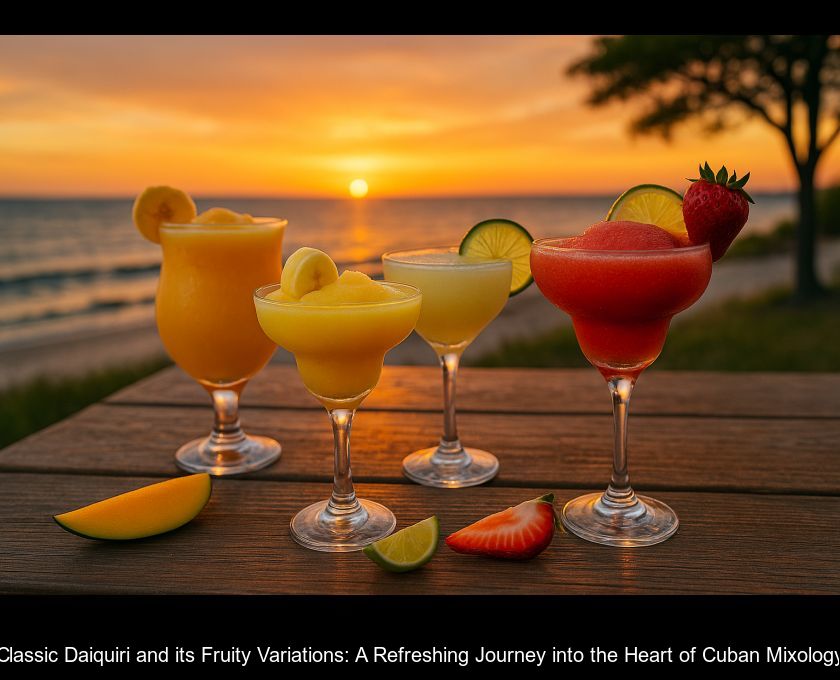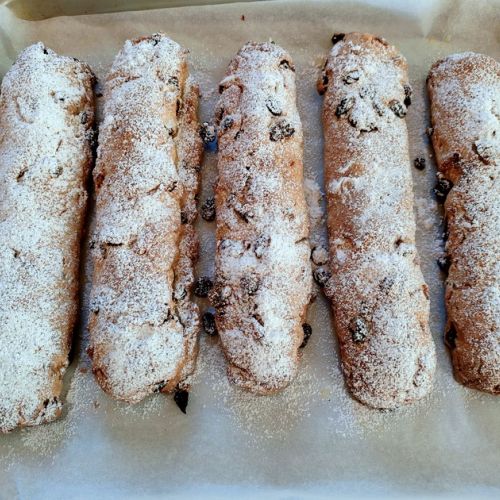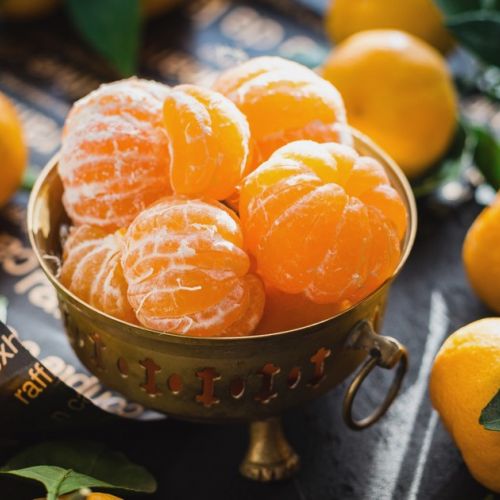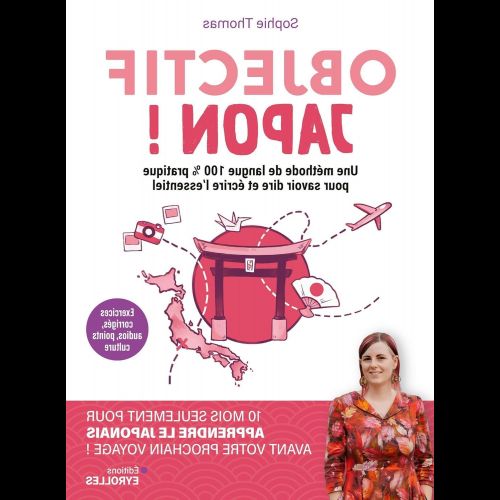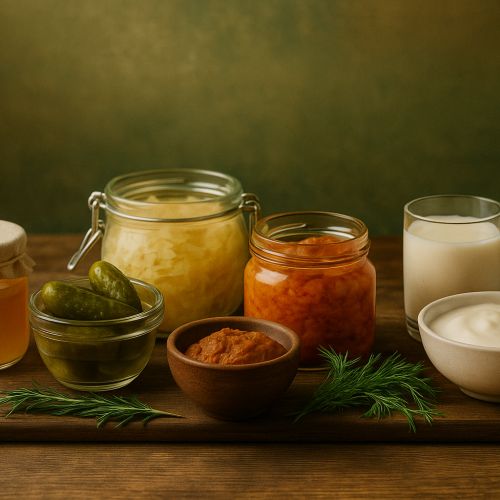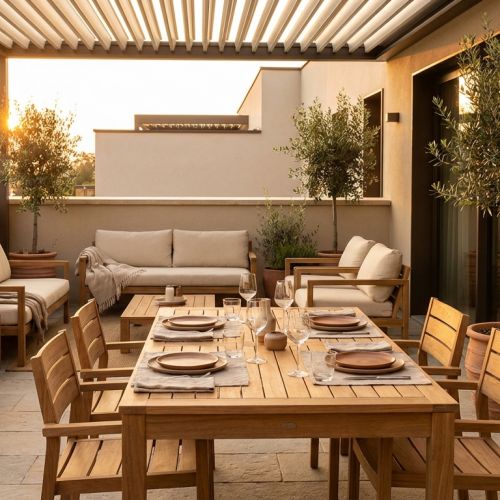Classic Daiquiri And Its Fruity Variations: A Refreshing Journey Into The Heart Of Cuban Mixology
The classic daiquiri, an iconic cocktail from Santiago de Cuba, is a summer staple. Its simplicity, freshness, and a dash of history are just a few reasons to (re)discover the recipe... and then explore its frozen variations with strawberry, banana, or mango! Find a spot in the shade, get out the shaker, and follow the guide.
A brief (and tasty) historical reminder
Invented around 1898 by American engineer Jennings Cox in the mining village of Daiquirí, the cocktail quickly made its way to Havana before captivating the Army & Navy Club in Washington D.C. A few decades later, the legendary bartender Constante Ribalaigua popularized the frozen version at the Floridita Bar, won over Ernest Hemingway... and history was made: in 2024, the daiquiri still ranks as the 5th most ordered classic cocktail in the world's top bars (Drinks International).
Why does the "simple" Classic Daiquiri always hit the mark?
- Only 3 ingredients: 3-year-old Cuban white rum, fresh lime juice, sugar.
- A perfect sweet-acid balance served very cold, without ice to avoid dilution.
- An ideal blank canvas for creative mixology (infusions, fruits, bitters... the list goes on!).
And since the Havana Club brand perfectly embodies this legacy, we highly recommend using their 3 Años white rum to taste the foundational recipe: Classic Daïquiri.
Classic Daiquiri Recipe: The Detailed Large Format
Ingredients (1 glass)
- 6 cl of Cuban white rum (3 years old)
- 2 cl of freshly squeezed lime juice
- 2 bar spoons (5 ml) of extra-fine cane sugar (or 1.5 cl of 2:1 syrup)
Preparation
1. In a shaker, dissolve the sugar in the lime juice, a crucial step to avoid crystals.
2. Add the rum, fill with ice, and shake vigorously for 10 seconds.
3. Strain into a pre-chilled coupe, no ice cubes, let the magic happen!
Little tip: monitor the serving temperature, the ideal is around 3 °C to preserve the full brightness of the lime juice and the floral aromas of the rum.
Fruity Variations: The Refreshing Power of the Blender
1. Frozen Daiquiri, the frosty wave
Popularized in the 1930s with the advent of the blender, the frozen daiquiri is characterized by its frothy texture (almost slushy).
Ingredients: 6 cl Havana Club 3 Años, 2.25 cl lime juice, 2.25 cl rich syrup, 0.5 cl maraschino, 1 cup of crushed ice.
Method: blend for 10-15 seconds, pour into a coupe glass, garnish with a slice of lime.
2. Strawberry Daiquiri, sunset hue
It's THE star of the late afternoon terraces. The red pulp softens the acidity and adds a delicious trail.
Ingredients: 5 cl white rum, 2 cl lime, 1.5 cl simple syrup, 4 large ripe strawberries.
Method: blend the strawberries, strain if necessary, then shake with the other ingredients and serve chilled.
3. Banana Daiquiri, the tropical velvet
For those who find rum "too dry," banana adds smoothness and a hint of caramelization.
Ingredients: 6 cl light amber rum, 1 cl banana liqueur, 3 cl lime juice, 0.75 cl demerara syrup, ½ banana (option: frozen for more texture).
Method: blend until smooth, float of aged rum as an optional but recommended finish!
4. Mango Daiquiri, sunshine in the glass
The pro bartenders' trick? Infuse the rum with dried mango to boost the flavor without diluting the cocktail.
Ingredients: 6 cl mango-infused rum, 1.5 cl simple syrup, 1.5 cl lime juice.
Method: shake, finely strain, garnish with a fresh mango slice.
Mixology Focus: Tips for Customizing Your Daiquiri
- Sweet spot: adjust the sugar/lime ratio depending on the ripeness of the citrus (a late-season lime is often sweeter).
- White rum VS aged rum: a 3-year-old Cuban maintains the daiquiri's character, but Jamaican rum will add "funky" notes.
- Techniques: "dry shake" without ice to dissolve the sugar better, then shake with ice, or "flash blend" if you're short on time.
- Crystal ice cubes: always opt for dense ice to prevent rapid melting and a diluted cocktail.
Culture and Key Figures (to Shine at the Bar Counter)
The International Bartenders Association's page dedicated to the daiquiri has amassed nearly 75,000 views in 2025, evidence of the continued keen interest from professionals and enthusiasts alike.
According to a Drinks International panel, 36% of upscale bars rank the daiquiri among their top three most-sold rum cocktails.
97% of the bartenders surveyed find it "easy to customize," clearly making it an ideal springboard for learning the sugar/acid balance in mixology school.
Note Well: Quick Glossary for Shaking Without Mistakes
Because not everyone has a bartender's toolkit at hand, here's a little decoding (quick but sturdy) of the terms encountered in the article:
- Barspoon / bar spoon: long twisted handle (? 5 ml). At home, a level teaspoon works fine.
- Simple syrup (1:1): equal parts sugar and water, heated just to dissolve. Keeps for about two weeks in the fridge.
- Rich syrup (2:1): two parts sugar to one part water. More concentrated, so you use half as much for the same sweetening power.
- Dry shake: shake all ingredients without ice before serving over ice, helps to emulsify better (and to dissolve the sugar).
- Flash blend: ultra-short blend in the blender (2-3 seconds) when you just want to refresh and froth without crushing the ice too much.
- Shaker: this bimetal tool (stainless steel cup (tin) + stainless steel cup (tin) or stainless steel cup (tin) + glass) that makes clack-clack and cools down rapidly. 10 seconds are enough before the ice starts to dilute.
- Coupette: small cocktail coupe (15-18 cl). Put it in the freezer to get a frost that helps keep the cocktail around 3 °C.
- Double strain: filter through a fine strainer AFTER shaking to catch seeds and small ice shards.
- Dash: micro-dose (like a "puff"), often ? of a barspoon, used for bitters.
- Maraschino: clear cherry liqueur, light almond note, which enhances the frozen daiquiri.
- White rum aged 3 years: Cuban rum aged in ex-Bourbon barrels then filtered to remain clear. Ideal compromise between freshness and complexity.
- Overproof: rum with an alcohol content above 57% vol. Sometimes used as a finish (float) to enhance flavors.
- IBA: International Bartenders Association, the organization that lists "official" recipes like the classic daiquiri.
- Mocktail: non-alcoholic cocktail. You can swap the rum for a "rum-style" syrup or simply extend with fruit juice.
- Unit of alcohol: 10 g of pure ethanol. A classic daiquiri (6 cl of rum at 40%) ? 1.9 units. Limit yourself to two glasses max, then water and sunset!
There, no more excuses for not shining at the party (or just understanding your bartender)! ;-)
Reminder: Understanding the Evin Law and responsible consumption.
In France, the promotion of alcoholic beverages is strictly regulated. This post is meant to be informative and cultural: it recalls the historical origin of the daiquiri and its preparation techniques. Tasting should remain moderate (one cocktail = about 2 alcohol units). Consider offering mocktail versions: replace the rum with non-alcoholic "Cuban Style" syrup, keep the lime and sugar, and you're all set!
Do you want to go further?
Discover more summer drinks and nolo cocktails in our beverage recipes section: smoothies, family punches, or even non-alcoholic spritz.
Conclusion: one cocktail, a thousand emotions.
Whether it's classic in its frosted cut or frozen splashed with fruits, the daiquiri remains a symbol of conviviality under the palm trees. Take the time to test each variant, play with the maturities of rum and the seasons of the fruits... and above all, savor the simple pleasure of a cocktail with a taste of escape.

